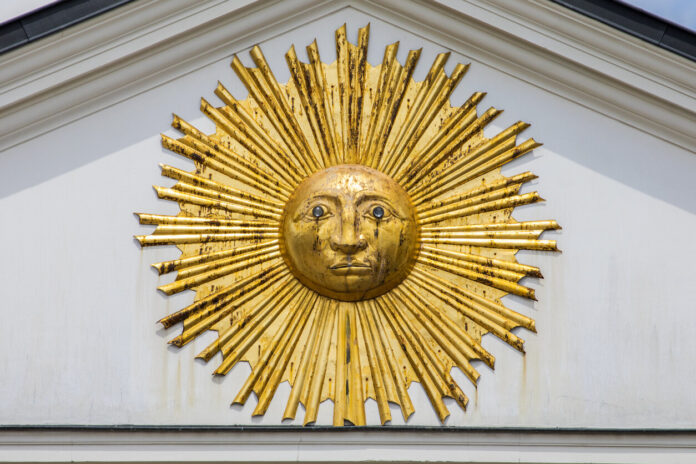It is a mystery that has haunted the history of France for many years. Voltaire, Alexandre Dumas, Victor Hugo… Many authors have taken an interest in this case without succeeding in unraveling its mystery. In literature as in cinema, the man in the iron mask has fascinated generations of French people, century after century, giving rise to countless theories.
This legend was born on November 19, 1703. Etienne du Junca, the king’s lieutenant at the Bastille prison, noted in his register the death of an anonymous prisoner “always masked with a black velvet mask, whom M. de Saint- Mars, governor, led with him coming from the Sainte-Marguerite islands [and] which he had guarded for a long time”, quotes It interests me.
Since the 1680s, rumors circulated among the population about a prisoner of unknown identity who was imprisoned by direct order of King Louis XIV, and forced to wear an iron mask to hide his face from view.
Placed under the guard of Bénigne de Saint-Mars, a former musketeer, he would have lived in the fortresses of Pignerol and Exilles in the Alps, before being transferred in 1987 to the citadel of Sainte-Marguerite, a small island in the wide of Cannes.
In 1998, the duo was transferred to the Bastille in Paris, on the occasion of the appointment of Saint-Mars as governor of the prison. One of the agents had mentioned his amazement to see the new manager arrive with this mysterious character in these memoirs, describing a man “always masked and whose name is never pronounced.”, reports National Geographic.
Myth or reality, what do we know about this strange character?
For historians, one thing is certain, this character did indeed exist. One of the most popular theories comes from the character described by Alexandre Dumas in Le Vicomte de Bragelonne. According to her, the man in the iron mask would be none other than Philippe, twin brother of Louis XIV born before the king and therefore compromising his legitimacy.
However, this thesis is only one among many others and has not been accepted by historians. On the other hand, many of them seem to have agreed on an identity which could well be that of the mysterious man.
As confided by Jean-Christian Petitfils, historian and successful author, in the columns of Ouest France, the identity of the man in the iron mask is no longer in doubt among historians, he is a simple valet, Eustache Dangers.
“Eustache Dangers was arrested in Calais at the beginning of August 1669 and taken to Pignerol where he was handed over to Monsieur de Saint-Mars with curious instructions. He was told: You must build a dungeon where no one can hear what this man will be able to say or shout, never listen yourself to what he wants to tell you by threatening to kill him if he opens his mouth”, explains the expert to our colleagues. But why was he arrested?
One of the main hypotheses would be that this valet saw documents or overheard discussions that he perhaps should not have heard. “At the time of Eustache Dangers’ arrest, extremely secret negotiations were taking place between Louis XIV and Charles II of England. We spoke, in encrypted correspondence, of the ‘great secret’. The idea was that Charles II would come into war against the Protestant United Provinces which had stopped Louis XIV in his conquest of the Spanish Netherlands, in exchange for supporting the King of England who wished to convert to Catholicism,” explains Jean-Christophe Petitfils to our colleagues.
The man in the iron mask might therefore only be a valet who has heard of this great secret.















